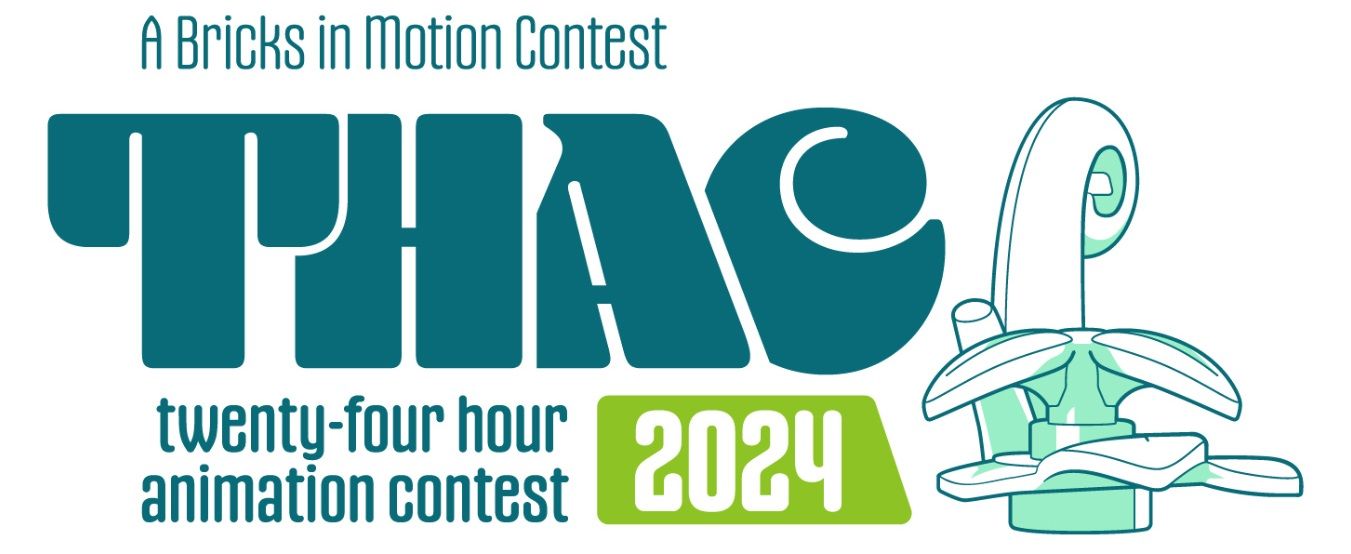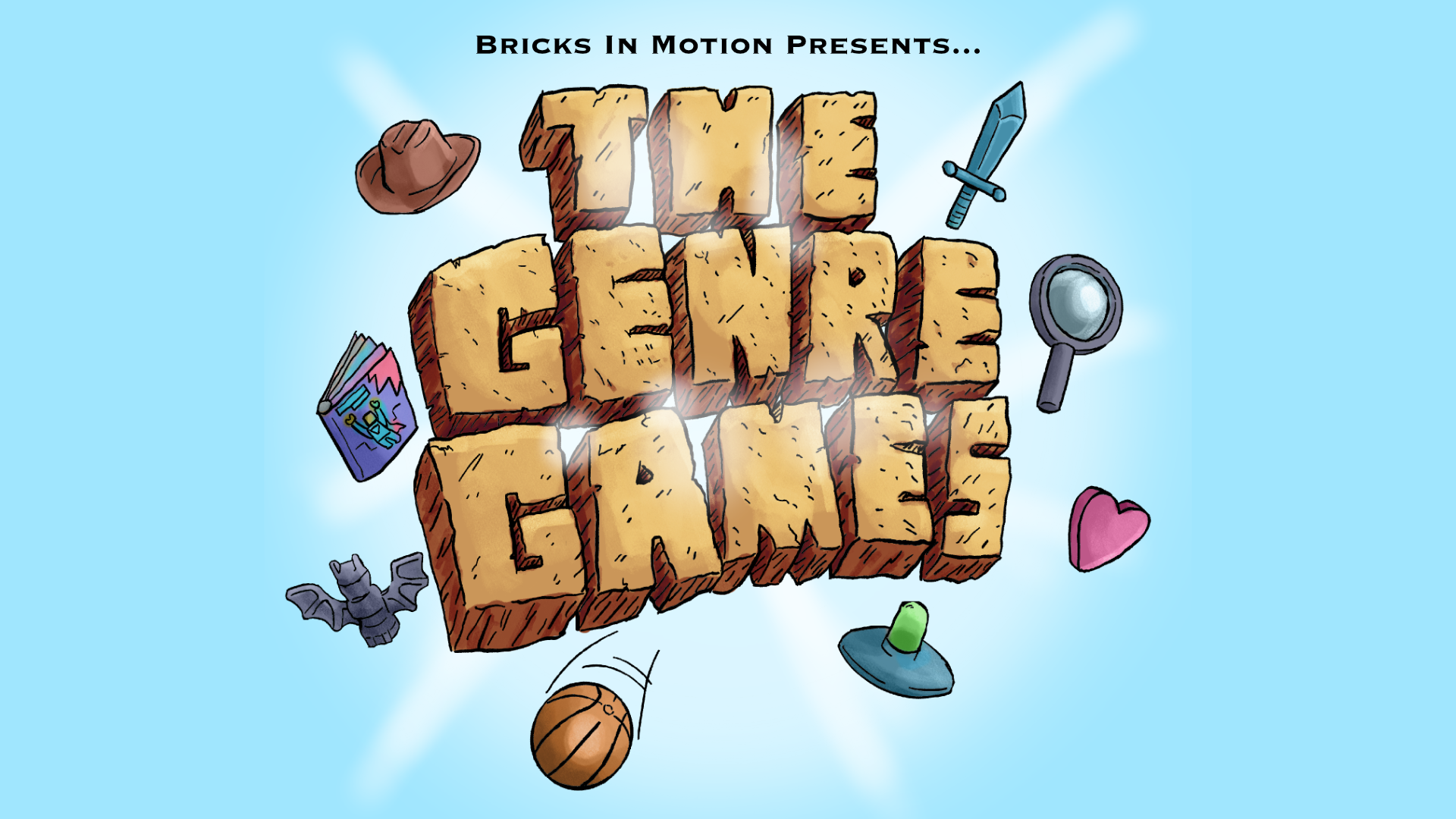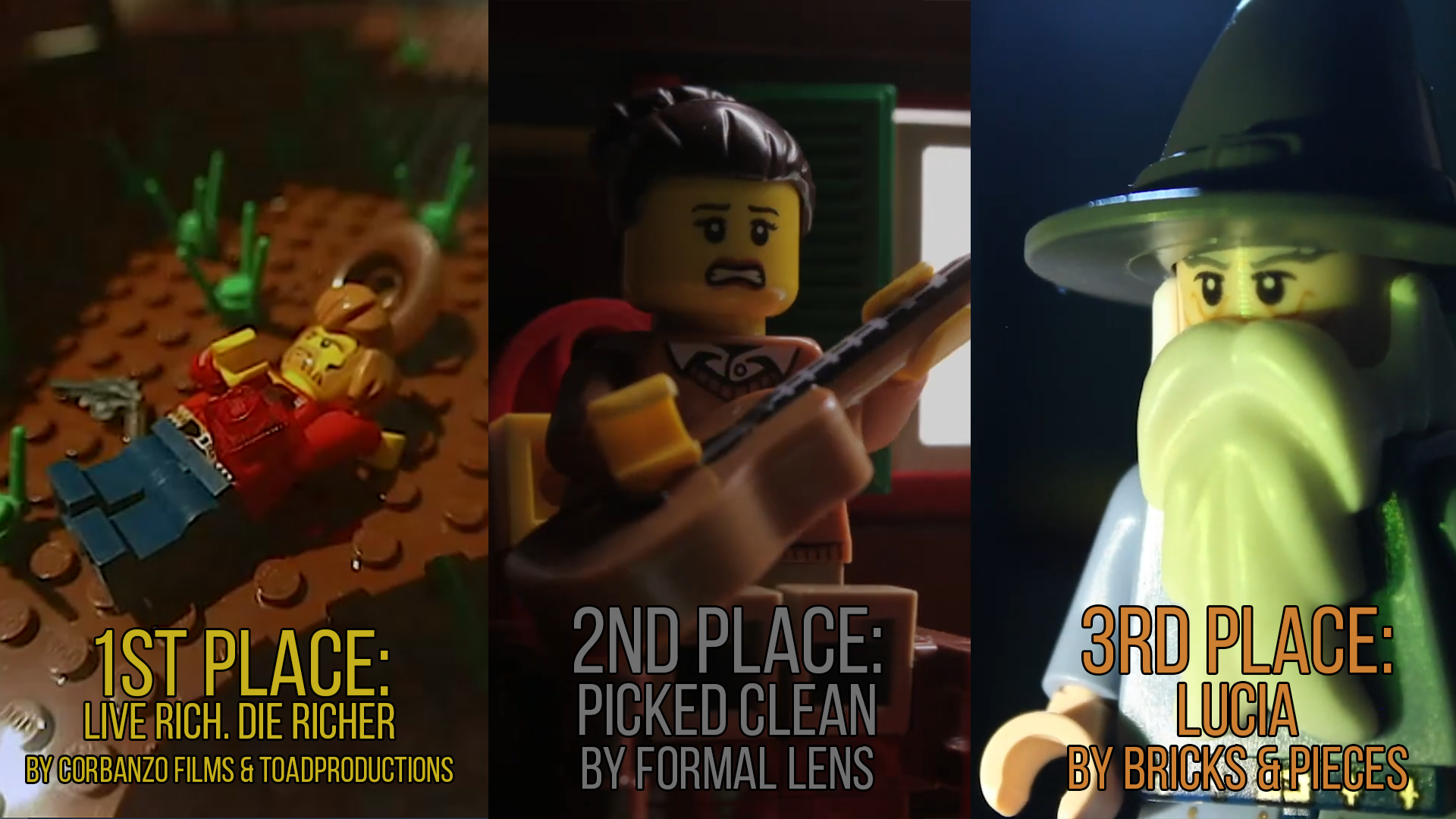Topic: Shadows & Plastic: Painting with Light in LEGO Animation

As our summer animation contest Darkness and Light comes to a close, it's time to look back at what brickfilmers have achieved in lighting and cinematography over the years, and explore some possibilities for the future!
It can be easy to fall into the trap of settling for flat, unappealing lighting, regardless of the content of your film's story. There is a a place for high-key lighting, but with the advent of DSLRs, high quality webcams, and instant online HD video publishing, making sure that everything can be seen clearly in your finished film isn't the challenge it used to be.
The exciting thing about these advances is that they open up opportunities to explore bold, creative lighting design in our films. We can use multiple light sources with color and careful composition to paint with light, much like a live action cinematographer does.
As Jacob Swinney's video compilation of cinematography from 2014 demonstrates, creative and dramatic use of lighting comes in many forms. Stop-motion films like ours have an added benefit: because of the static nature of the LEGO characters and sets, cameras with manual shutter control allow you to produce clean images in even the dimmest lighting conditions:
I'm using an example from one of my own films here because I know it was lit primarily by old Christmas tree lights that normally wouldn't produce adequate light. With the help of slow shutter captures of the scene, the necessary exposure was possible. Brickfilms are perfect for creative solutions like this, because of the small scale and re-buildable flexibility of the sets themselves.
Of course, there is room for more sophisticated lighting technique in brickfilming as well. As Chris Boyer explains, he built up a collection of Mole-Richardson lights for his movies over the past several years, used to impressive effect in recent projects like his short film Subterranean.
With careful use of gels, Boyer lit a piece of foam board to create a sunset background in-camera. He also made use of the lights' barn doors to shape the gradient texture of the sky. For a more detailed look at the process, see the behind-the-scenes video.
Of course, lighting is not only about making contrasty, dramatic images that look cool. Boyer's film uses these dramatically lit images to create a sense of atmosphere. In designing the lighting style for a film, it is important to think about how the story can be better communicated through the film's visuals, including its lighting.
The examples covered here, and the Darkness and Light competition, have primarily focused on shadowy, chiaroscuro lighting styles. Lighting can be interesting and contribute to a professional feel for your film without being shadowy and high-contrast, however. Spencer Katz's hilarious short Ham On Set demonstrates how well-executed, soft high-key lighting that leaves some room for texture and contrast in the image can create a visually dynamic result.
Not all brickfilmers have access to expensive lighting equipment, but it is still possible to begin putting more attention to detail into the lighting in your films. With creative use of even basic lamps and relatively inexpensive lighting gels, it is possible to greatly enhance the texture and atmosphere of your film. Tools like black wrap (sometimes called cinefoil) are also helpful for shaping light for your shots.
Before you attempt complex lighting, it is helpful to have a fundamental knowledge of the principles of movie lighting. What is applicable in live action generally applies to a brickfilm as well. An understanding of traditional three-point lighting, for instance, will serve you not only in creating a traditional three-point lighting setup, but also when you want to break away from this. It provides a framework to start from.
Nikolas Jaeger's brickfilm The River is visually effective for where he doesn't place light as much as for the light that is present. The use of key light without fill, for instance, or backlight without key and fill light, create dramatic silhouettes and textures that give the film its distinctive aesthetic.
Painting with light isn't just about pointing some lamps at your set until it looks alright. It means carefully balancing color, light, and shadow in interesting ways that complement the story you are telling, not simply showing off. To quote Roger Deakins: "If there’s an achievement to lighting and photography in a film it’s because nothing stands out, it all works as a piece. And you feel that these actors are in this situation and the audience is not thrown by a pretty picture or by bad lighting."
Have you ever made an effort to create more meaningful, cinematic lighting in your films? How did you accomplish it?




















